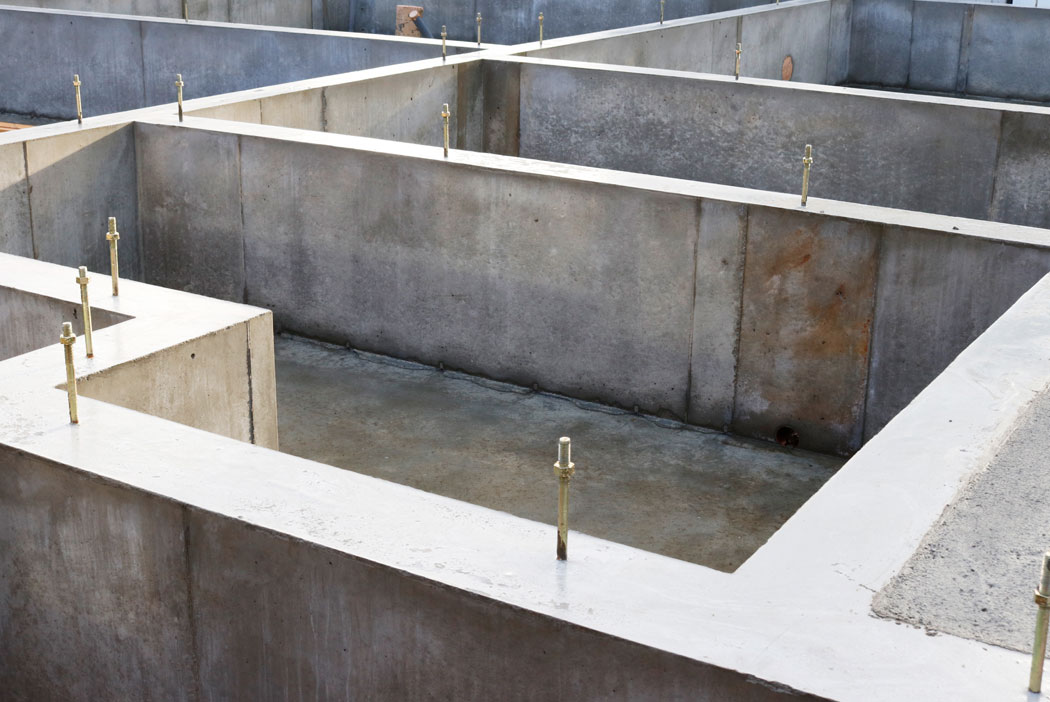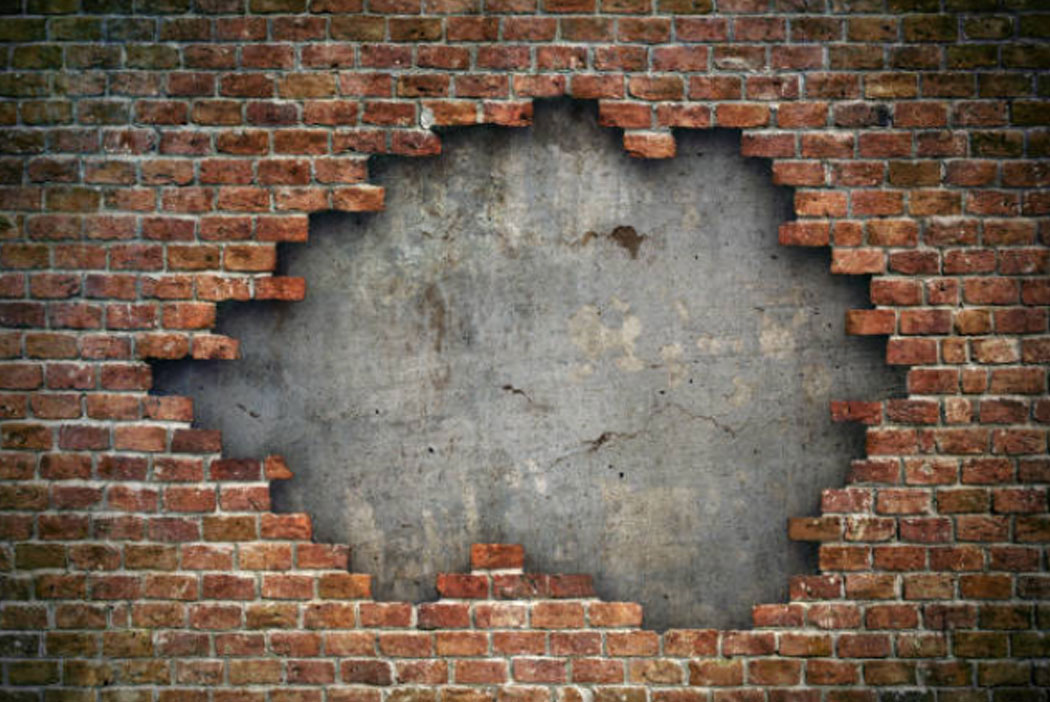The purpose of a foundation is to transfer the load of a structure to the ground below. Foundations are the most critical aspect of a structure and form the base of what holds and supports the structure. If the foundations are not adequately designed and are not suitable the whole structure is unsafe even if every other aspect of the structure is designed correctly. To design the foundations usually a geotechnical ground investigation and laboratory testing are carried out to determine the ground conditions for the right type of foundation to be able to be designed.
Amongst the most common foundation types are trench foundations, raft foundations and pile foundations. Sometimes a combination maybe used if it is more suitable for the project.
Trench Foundation
A trench foundation is a continuous formation of concrete creating a beam in the ground which is sized up to transfer the load from the structure above. Usually it is mass concrete poured into the ground however sometimes is required to have reinforcement if the loading requires it. Reinforcement is usually required when there are likely to be tension forces transferred into the foundation. Trench foundations are usually used when good ground conditions are present or found within a depth of up to 1.5m – 2.0m.
Raft Foundation
When ground conditions are not suitable for a trench foundation a raft foundation is proposed. A raft foundation is composed of a reinforced slab with edge beams which spread the load to a wider surface area. It is usually formed on a compacted hardcorebase which assists in evenly spreading the load and catering for any irregularities and soft spots in the ground. This type of foundation is usually more costly than the traditional trench foundation and requires more skilled labour for construction however the foundation slab can also be used for the building floor, designed adequately could work effectively with the design of the building.
Pile Foundation
Pile are usually used when the ground conditions are really poor and a trench or raft foundation is not suitable. Piles are driven into the ground until they reach a depth that is suitable for the loads of the building or until it reaches the bedrock of the earth, forming a stable foundational support. This is the most robust form of foundation however can be more costly and hence avoided if any other type of foundation can be proposed. The pile foundations have pile caps and ground beams with reinforcement which carry and transfer the load from the structure above to the piles. There are various types of piles included reinforced concrete piles or hollow steel piles which are often in filled with concrete. For domestic projects mini piles can be used if required and are usually driven into the ground to around 4m – 6m depending on the ground conditions. On larger projects piles can extend even more deeper and can sometimes be up to 20m. A structural design will usually design the pile caps and ground bearing beams and determine an indicative pile layout and provide pile loads for a piling specialist to specify the required piles. Once the piles are installed it is optimum to test the piles with various pile testing methods to ensure that the installation has been carried out adequately.



